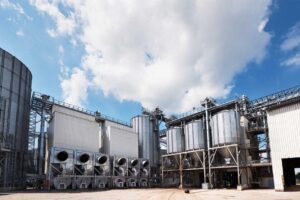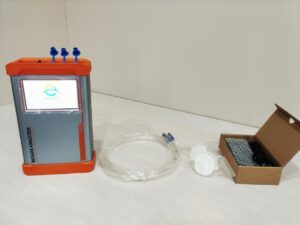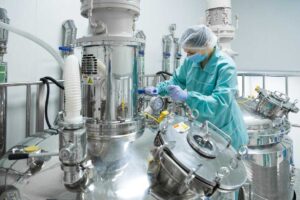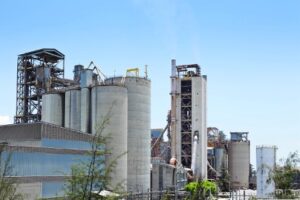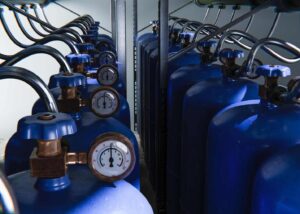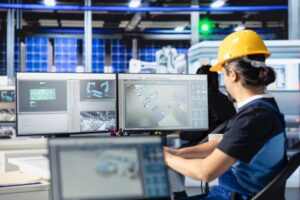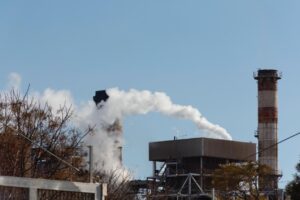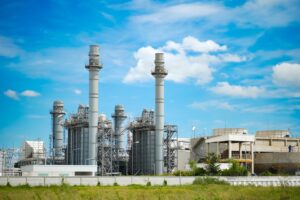Gas leaks don’t wait — and traditional inspections may be too late. When seconds count, a portable gas analyzer ensures immediate response and protection.
While fixed detection systems remain valuable, their limitations become clear in dynamic environments. For flexible, fast, and focused hazard inspection, portable solutions are becoming indispensable.
What Types of Gas Hazards Are Common in Industrial Environments?
Invisible, odorless, and deadly — industrial gases present risks that demand constant vigilance.
Industrial facilities often operate in environments where a range of hazardous gases are present, either as by-products of chemical reactions, leaks from storage systems, or emissions from process equipment. Understanding the types of toxic gases and their associated dangers is critical for any effective hazard inspection strategy.
The most common categories of gas hazards include:
- Flammable gases such as methane (CH₄), hydrogen (H₂), and propane (C₃H₈), which can create explosive atmospheres when mixed with air.
- Toxic gases like carbon monoxide (CO), hydrogen sulfide (H₂S), ammonia (NH₃), chlorine (Cl₂), and sulfur dioxide (SO₂), which can cause immediate or long-term health effects even at low concentrations.
- Asphyxiating gases such as nitrogen (N₂), carbon dioxide (CO₂), and argon (Ar), which displace oxygen and create suffocation risks in confined spaces.
- Volatile organic compounds (VOCs) such as benzene, toluene, and xylene, which are not only harmful to human health but also contribute to environmental pollution.
In large-scale operations — like chemical plants, power stations, and fuel terminals — the coexistence of multiple gas types makes detection even more complex. A portable gas analyzer becomes essential in these settings, offering real-time monitoring across multiple gas channels during hazard inspections.
By proactively identifying and classifying these gas hazards, companies can implement targeted safety protocols, reduce accident risks, and reinforce overall industrial safety performance.
Why Are Portable Gas Analyzers More Effective Than Fixed Systems in Inspections?
Fixed detectors guard fixed points — but hazards move. Portables follow the danger.
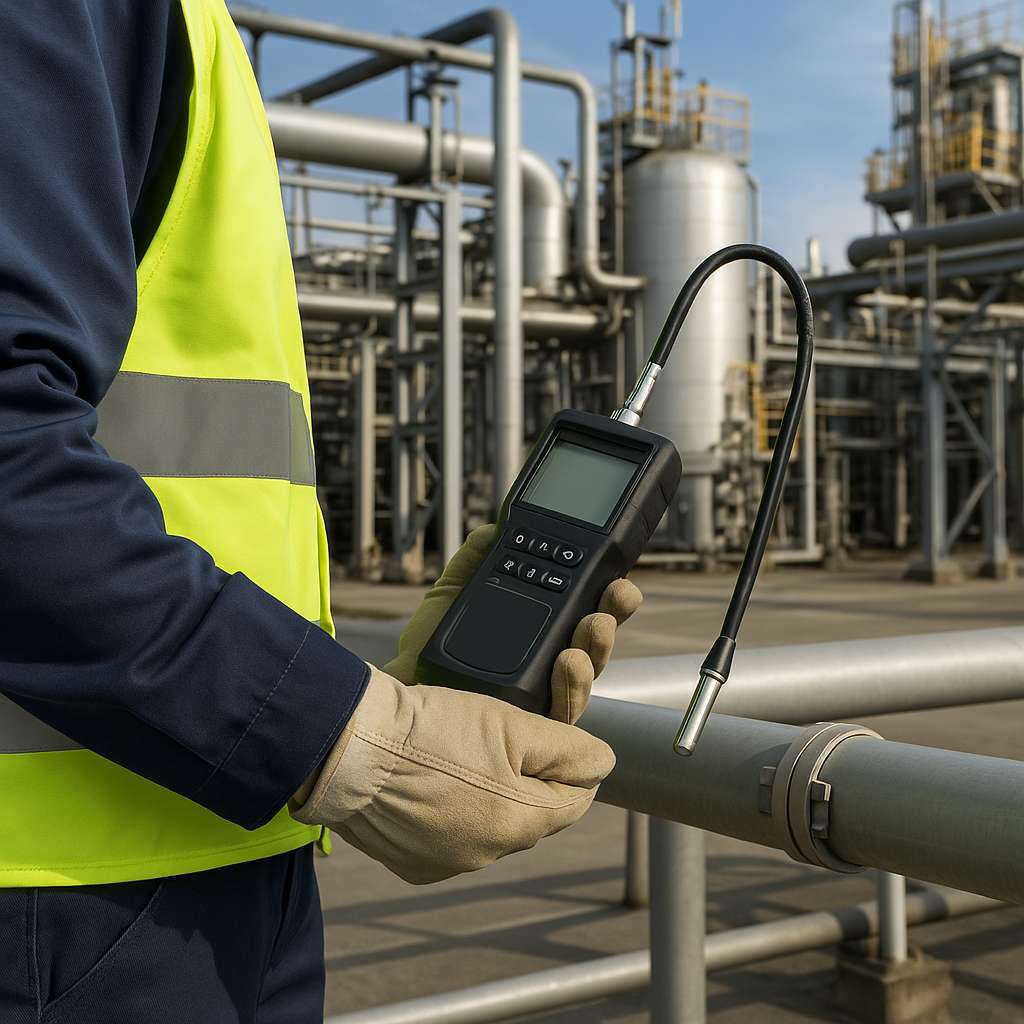
While fixed gas detection systems are crucial for continuous monitoring in high-risk zones, they have inherent limitations when it comes to flexibility and adaptability. These systems are usually installed at predetermined locations, meaning they can only monitor the air in their immediate vicinity. This leaves blind spots — especially in dynamic or complex industrial environments.
A portable gas analyzer offers a major advantage: mobility. Inspectors can carry these devices directly into confined spaces, elevated platforms, underground tunnels, and newly commissioned areas where fixed detectors have not yet been installed. During scheduled or emergency hazard inspections, these handheld tools enable rapid, spot-specific readings, which is essential for locating intermittent leaks or verifying suspected anomalies.
Additionally, modern portable gas analyzers come equipped with multiple gas sensors, allowing for simultaneous detection of flammable gases, toxic gases, and oxygen levels. Many models also include data logging, wireless transmission, and visual/audio alarms — empowering teams to make immediate safety decisions on-site.
In environments where layout changes frequently — such as temporary installations, shutdown zones, or mobile equipment areas — fixed systems simply cannot keep up. Portables fill this gap, offering on-demand gas leak detection that adjusts to both the location and nature of the risk.
Ultimately, combining fixed systems for baseline monitoring with portable gas analyzers for investigative and responsive use creates a comprehensive, layered approach to industrial safety.
How Do Portable Gas Analyzers Work During a Hazard Inspection?
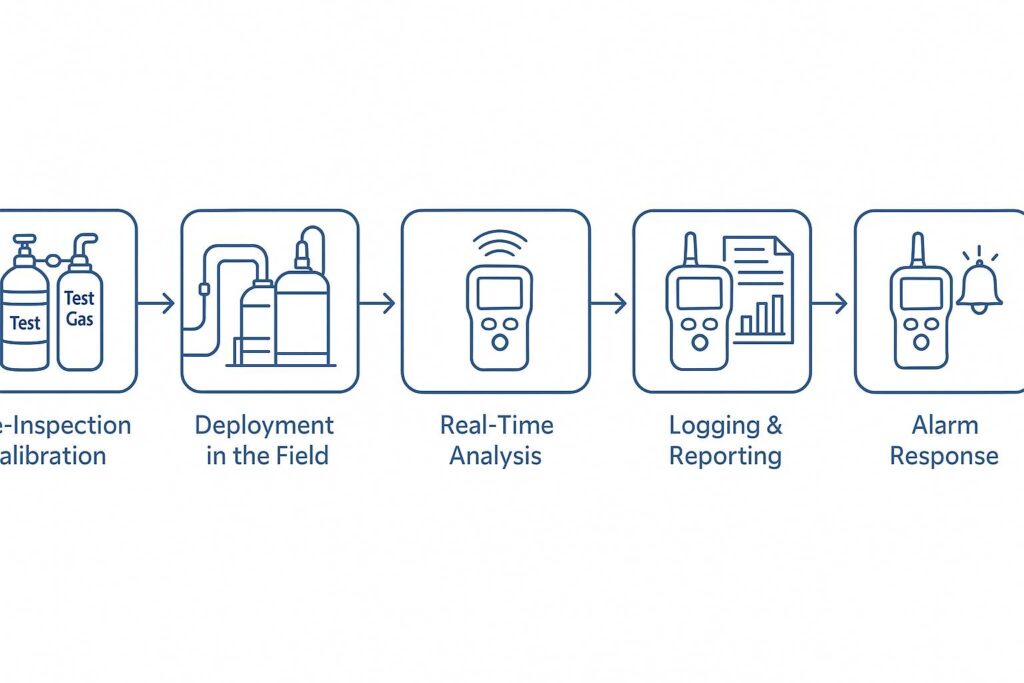
Simple to carry, yet engineered for precision — portable analyzers bring lab-grade accuracy to the field.
During a hazard inspection, a portable gas analyzer functions as a real-time monitoring system designed to detect one or more types of hazardous gases. These handheld devices are equipped with advanced sensors, typically based on technologies such as electrochemical cells (for toxic gases like CO or H₂S), catalytic bead sensors (for flammable gases), infrared sensors (for CO₂ or hydrocarbons), and PID detectors (for VOCs).
The inspection process typically involves the following steps:
- Pre-Inspection Calibration:
Before use, most analyzers undergo a quick auto-calibration with known reference gases to ensure accuracy.
- Deployment in the Field:
Inspectors carry the analyzer into operational areas — including confined spaces, maintenance corridors, or temporary work zones. The device draws in ambient air through a diffusion port or an integrated pump.
- Real-Time Analysis:
As air enters the device, embedded sensors measure gas concentrations in parts per million (ppm) or lower. The readings are displayed instantly on-screen, often accompanied by color-coded indicators or audible alarms if threshold limits are exceeded.
- Logging & Reporting:
Many modern units include data-logging features, allowing inspectors to record readings over time, map hotspots, or generate inspection reports automatically. Some models offer wireless data transfer or Bluetooth syncing to centralized systems.
- Alarm Response:
If dangerous levels of toxic gases or flammable substances are detected, built-in alarms alert personnel immediately, enabling fast evacuation or mitigation. This responsiveness is critical for effective gas leak detection.
What makes these devices indispensable is their versatility — inspectors can customize detection ranges, switch between gas types, and adapt measurement parameters based on the nature of the industrial safety inspection.
By combining mobility with multi-gas intelligence, a portable gas analyzer ensures comprehensive risk evaluation even in unpredictable environments where fixed detection cannot reach.
How Are Portable Gas Analyzers Applied in High-Risk Areas?
Where hazards are concentrated, mobility becomes a critical safety asset.
High-risk industrial zones — including chemical parks, oil refineries, and natural gas processing facilities — are environments where the presence of toxic gases, flammable vapors, and oxygen-deficient atmospheres is not only possible, but expected. These areas are dense with pressurized lines, storage tanks, reactors, and heat exchangers — each presenting potential sources of leaks or emissions.
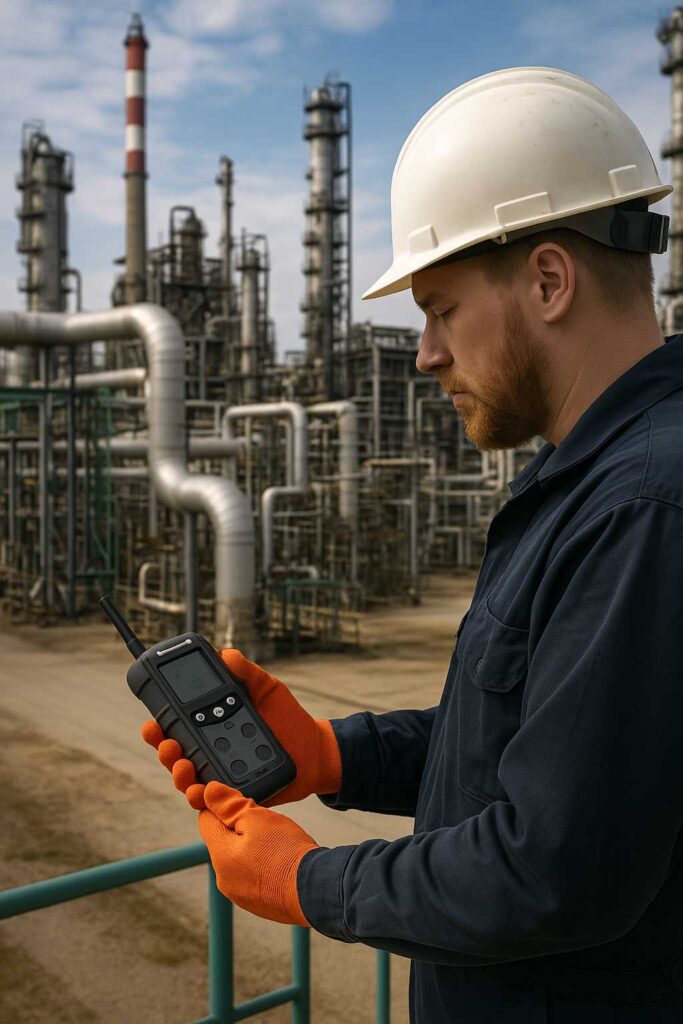
In such scenarios, portable gas analyzers play a vital role in ensuring continuous industrial safety by enabling mobile, targeted hazard inspections. Their key applications include:
- Leak Detection in Process Units: Inspectors use portable gas analyzers to trace pipelines, flanges, and valves for gas leak detection, especially in areas where fixed detectors may be out of range or absent.
- Confined Space Entry Monitoring: Before entering storage tanks, reactors, or utility tunnels, safety personnel rely on portable devices to measure oxygen levels, explosive atmospheres (LEL), and harmful gases like H₂S or CO, ensuring that entry conditions are safe and compliant with international standards.
- Hot Work Safety Verification: Before welding, grinding, or cutting operations in classified zones, hazard inspections are conducted using portable analyzers to confirm the absence of flammable vapors.
- Shutdown and Maintenance Monitoring: During plant turnarounds or maintenance operations, where systems are purged, depressurized, or disassembled, portable gas analyzers offer flexible, real-time monitoring that adapts to shifting work zones.
- Emergency Response and Spill Investigation: In the event of an unplanned release, these tools allow emergency crews to quickly identify the type and concentration of released gases, enabling informed and timely intervention.
Ultimately, fixed detection systems offer continuous background coverage — but in complex, compartmentalized, and constantly changing environments, only portable analyzers can “go where the risk goes.” Their role is not just complementary but foundational to industrial safety in high-hazard zones.
What Are the Key Features to Consider When Choosing a Portable Gas Analyzer?
Not all analyzers are created equal — choosing the right one means choosing safety.
Selecting a portable gas analyzer is not a one-size-fits-all decision. Each industrial environment has unique gas hazards, operating conditions, and safety requirements. To ensure precise hazard inspection and effective gas leak detection, decision-makers must evaluate several core features:
1. Multi-Gas Detection Capability
In complex facilities, exposure to multiple gas types is common. The analyzer should be able to detect a combination of toxic gases (e.g., H₂S, CO), combustible gases (e.g., CH₄), and oxygen levels. Some advanced models support interchangeable or customizable sensor configurations.
2. Sensor Technology and Accuracy
High-performance sensors (e.g., PID for VOCs, infrared for hydrocarbons, electrochemical for toxic gases) ensure accurate and fast response times. Select analyzers with auto-zeroing and compensation features to improve accuracy under fluctuating temperature or humidity conditions.
3. Battery Life and Power Management
For full-shift inspections or remote deployments, long battery life is critical. Choose models offering at least 12–16 hours of continuous operation, with options for hot-swappable batteries or USB charging.
4. Data Logging and Connectivity
Modern portable gas analyzers often feature onboard data storage, Bluetooth, or wireless capabilities. These tools help inspectors document readings, sync data to cloud-based systems, and generate compliance reports — key for audit trails and industrial safety records.
5. Alarm System and Display
Look for analyzers with multi-level alarms: visual strobes, audio buzzers, and vibration alerts. A large, backlit, and intuitive screen makes readings easy to interpret, even in low visibility or noisy environments.
6. Durability and Certifications
Industrial conditions demand rugged construction — IP-rated casings (e.g., IP67), shock resistance, and compliance with ATEX, IECEx, or UL standards for explosive atmospheres are essential for safe operation.
7. User Interface and Training Requirements
Simple menu navigation, multilingual support, and intuitive calibration steps reduce training time and errors in the field. Some analyzers offer touchscreen operation or guided inspection modes.
Choosing the right device is not just about performance — it’s about ensuring the reliability of every hazard inspection and upholding the highest standards of industrial safety. An informed decision here could mean the difference between prevention and disaster.
Conclusion
From chemical plants to gas fields, portable gas analyzers empower teams to conduct smarter, faster, and safer hazard inspections. In a world where gas threats evolve by the hour, mobility means survivability.





